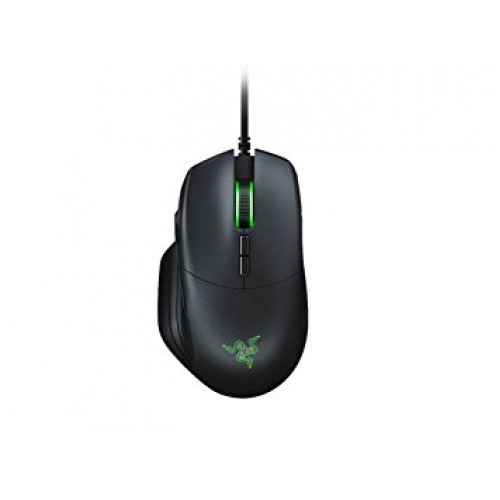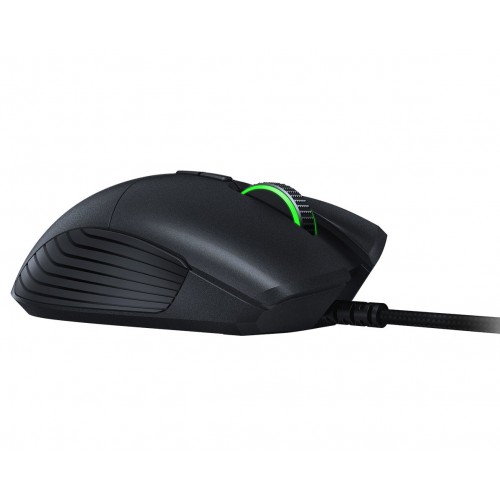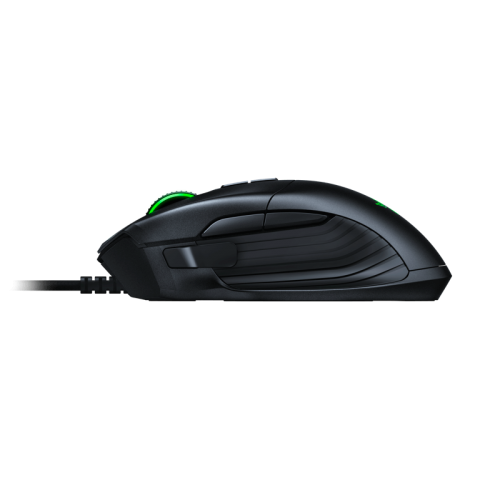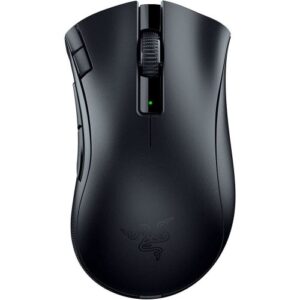Overview of Specifications and Warranty Information
Understanding the specifications of a product’s 1-year warranty is essential for consumers, as it outlines the coverage details and establishes clear expectations for both the manufacturer and the buyer. A typical warranty will specify key features and functionalities that are included under its protection. These generally encompass defects that arise from the manufacturing process or materials used in the product. Manufacturers often highlight the importance of adhering to guidelines regarding normal usage, ensuring consumers fully appreciate what their warranties include.
Normal usage typically refers to operating the product under standard conditions, as specified by the manufacturer. It is crucial for consumers to refer to these guidelines to determine whether their usage falls within acceptable parameters. Warranty documents will often stipulate the types of components that are covered, such as integral parts that directly impact the product’s performance. Common examples may include electrical components, mechanical elements, and safety features, which are vital for proper functionality.
While many defects are covered under the warranty, it is equally important to recognize exclusions and limitations. For instance, issues arising from negligence, misuse, or unauthorized repairs may void the warranty. Additionally, cosmetic damages that do not affect the functional performance of the product typically fall outside warranty coverage. By outlining these specifications upfront, manufacturers aim to educate consumers about their rights and responsibilities, promoting a clear understanding of what is expected from both parties during the warranty period.
In summary, navigating the specifications and claims process associated with a product’s 1-year warranty requires consumers to be aware of key features, understand normal usage, identify covered components, and recognize potential exclusions. This knowledge empowers consumers, helping them to make informed decisions and ensure a satisfactory experience should any issues arise.
How to Submit a Warranty Claim: Step-by-Step Guide
Submitting a warranty claim is a critical step for consumers seeking resolution for defective products under their 1-year warranty. To ensure a smooth process, follow this comprehensive guide tailored to facilitate your warranty claims submission.
First, gather the necessary documents. You will need the original proof of purchase, which serves as verification of your purchase date and eligibility for the warranty claim. Alongside this, the product box must also be included, as it may contain specific information regarding the model and serial number, essential details the manufacturer needs to process your claim.
Next, it’s important to contact customer support for guidance. You can find contact details on the manufacturer’s official website or the product manual. A representative will assist you in understanding the specific requirements for your claim, including whether additional documentation is needed. Notes during this conversation might be beneficial, as they can help you recall important details.
After clarifying the requirements with customer support, fill out the warranty claim form. Be meticulous while doing this; include all required information accurately. Common pitfalls include providing incomplete or incorrect details, so double-check your entries. Attach copies of your proof of purchase and any other required documents, ensuring no original documents are dispatched unless explicitly requested.
Once your claim is submitted, anticipate the manufacturer’s turnaround time for processing. This varies but generally ranges from a few days to a couple of weeks. After submission, if you don’t receive a confirmation within the specified timeframe, follow up with customer support to inquire about your claim status. Using this structured approach should streamline your warranty claim experience, helping you avoid typical challenges.







